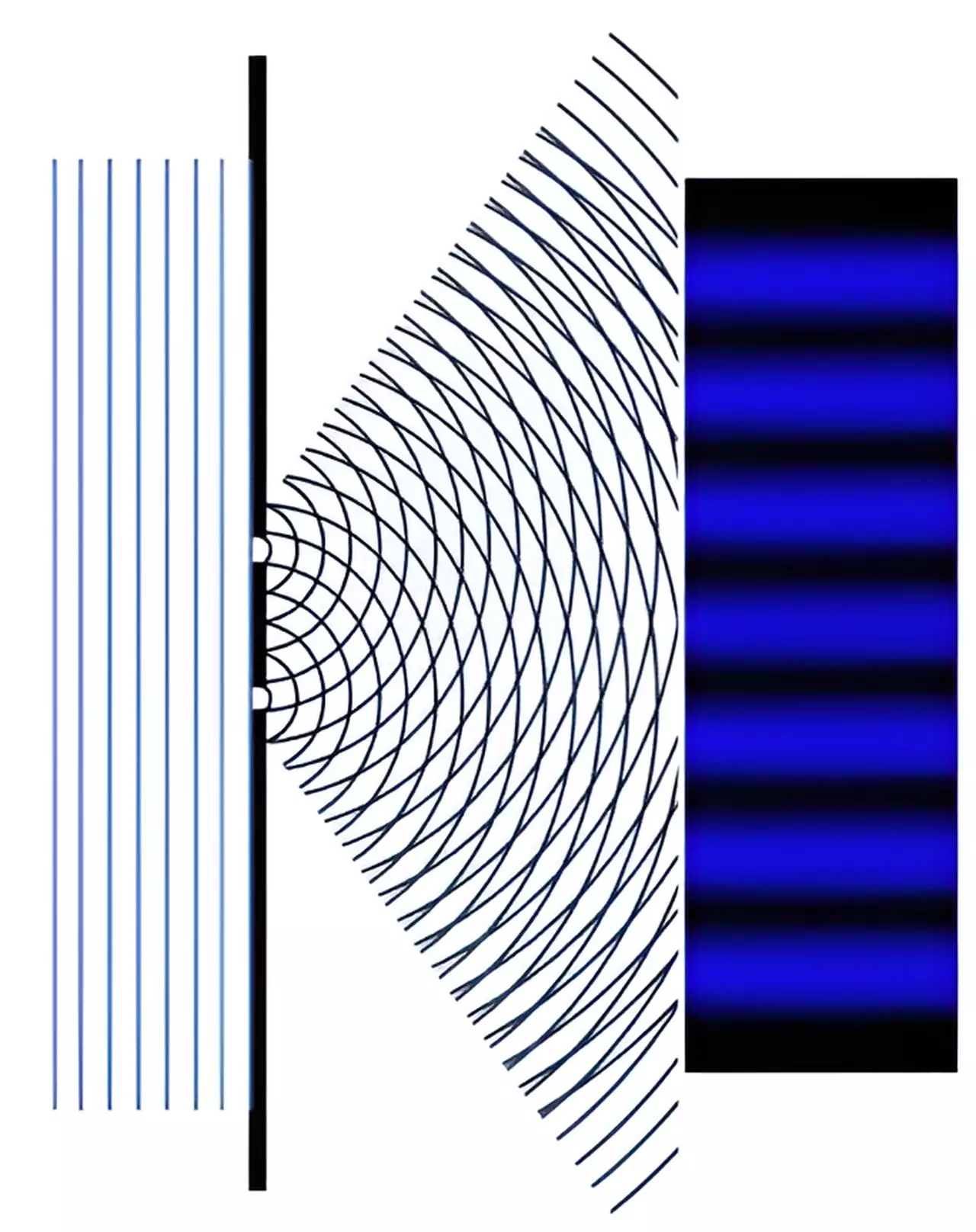The realm of quantum computing stands on the cusp of transformative advancement, particularly with the theoretical development of topological quantum computers. While such devices remain largely speculative, their proposed capabilities hint at a computing future that could surpass the boundaries of classical machines’ power and stability. At the heart of this groundbreaking idea lies a specialized kind of quantum bit—topological qubits—yet to be effectively realized or harnessed.
To fully appreciate the significance of topological quantum computing, one must first delve into the nature of electrons and the classical understanding of matter. Traditionally, atoms are considered the fundamental units comprising matter, with electrons orbiting around atomic nuclei. Electrons are unique; they are indivisible particles that exhibit both wave-like and particle-like properties, as demonstrated in various quantum mechanical experiments.
Recent revelations in the field, however, suggest that these well-established properties can be manipulated to create phenomena that mimic the behavior of fractional electrons. This new class of particles, often referred to as “split-electrons” or even “Majorana fermions,” potentially serves as a basis for crafting topological qubits. These findings, as explored in research led by Professor Andrew Mitchell from University College Dublin, represent a significant paradigm shift in how we understand and utilize quantum properties in nano-scale electronic circuits.
With technology miniaturizing to the nanometer scale, the implications of quantum mechanics become increasingly pronounced. Dr. Sudeshna Sen, a collaborator in this groundbreaking study, articulates the challenges and wonders of working at this scale. As electronic components shrink, individual electrons can be observed traveling through circuits, showcasing quantifiable phenomena that defy classical intuition.
Within nano-electronic circuits, the interplay of electrons can lead to quantum interference effects reminiscent of the famous double-slit experiment, where particles exhibit wave-like behavior. In scenarios where electrons are funneled into divergent pathways, their collective properties allow for states of interference that can block the flow of current under specific conditions.
Professor Mitchell emphasizes the innovation behind their recent discovery: by adjusting electron placement so that they are closely packed and strongly repulsive, the nature of quantum interference is altered. The electrons, while remaining intrinsically fundamental, can collectively exhibit behaviors akin to being split into two distinct entities. This manipulation not only marks a significant scientific advancement but also points towards the feasibility of developing novel quantum technologies.
The search for Majorana fermions—a theoretical particle postulated nearly a century ago—has become a focal point in quantum physics. If successfully isolated, these particles could serve as essential components in the architecture of topological quantum computers. Professor Mitchell highlights ongoing efforts to synthesize Majoranas, recognizing their potential as game-changers in quantum computation.
The implications extend beyond scientific curiosity; the emergence of practical applications for Majorana-like particles in nanoelectronics could radically revolutionize computing processes. Their resistance to environmental perturbations may confer unprecedented stability to quantum systems, positioning them as optimal candidates for fault-tolerant quantum computation.
As thrilling as these theoretical prospects may be, the bridging of theoretical constructs with experimental reality is crucial. Understanding how to generate and manipulate Majorana fermions in real-world electronic devices demands meticulous research and innovation. The current findings represent a foundational step towards achieving this goal.
Just as the double-slit experiment turned notions of classical physics on their head, the ongoing exploration of quantum interference in electronic circuits may redefine our comprehension of particulate behavior on the nano-scale. The potential marriage of theory and experimentation may unlock the methods essential for realizing practical topological quantum computers in the not-so-distant future.
The pursuit of topological quantum computers and the exploration of exotic quasi-particles like Majorana fermions open up a realm of possibilities that could significantly alter our technological landscape. As researchers continue to unravel the complexities of quantum mechanics at the nano-scale, the day when these groundbreaking devices transition from theory to reality might be closer than anticipated. The implications for industries relying on computation are vast, and the venture into quantum technology propels us toward an era defined by efficiency, stability, and unprecedented computational power. In the quest for knowledge and innovation, humanity is poised on the brink of redefining what computers— and indeed, reality—could be.

